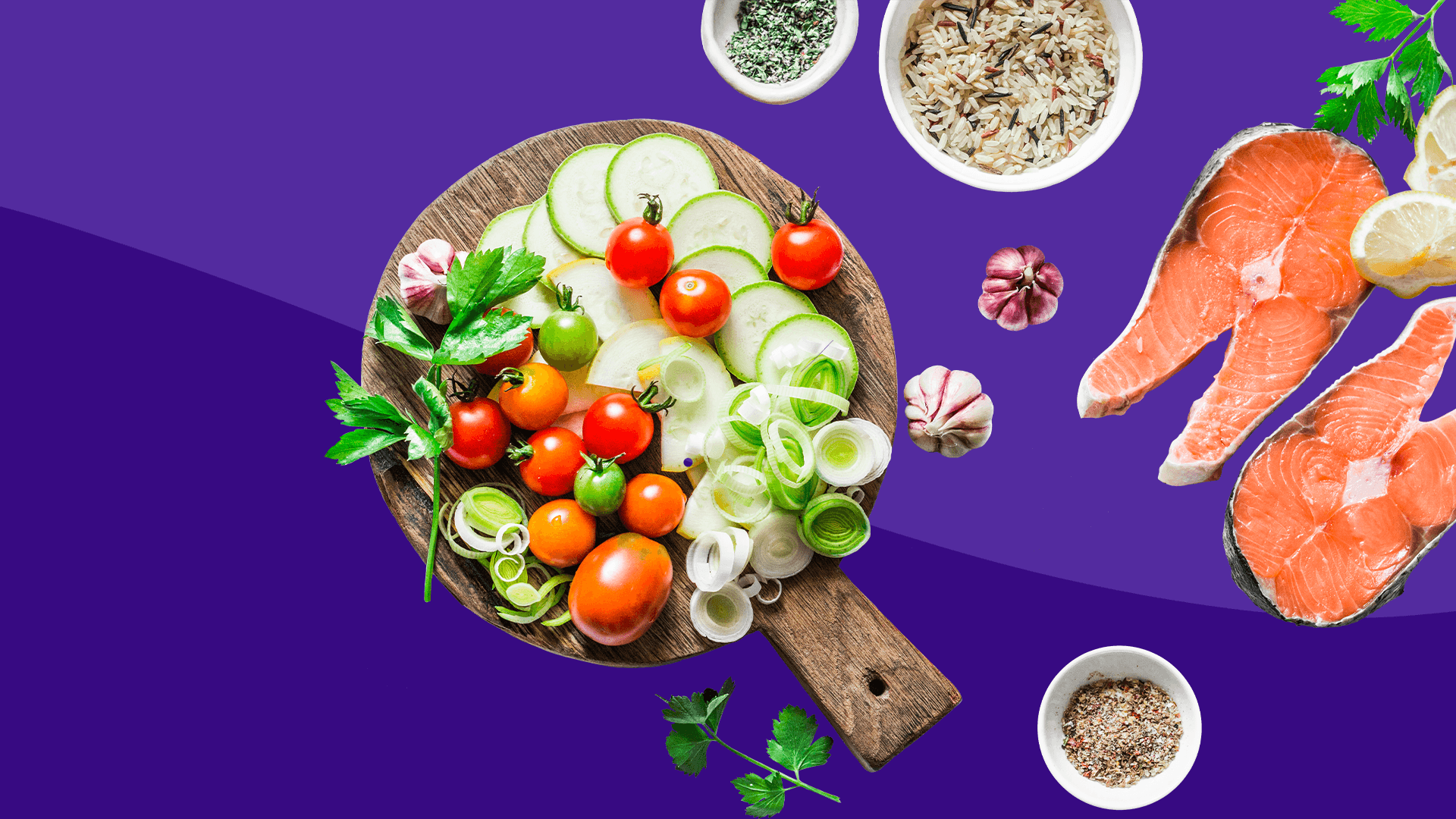Parboiled Rice – Advantages & Disadvantages
Rice has one of the biggest consumption levels all across the world. It’s available in several varieties. One such variety is the Parboiled Rice which is amber in color. It has different properties than that of normal white rice because both go through different filtration processes. Parboiling is a common practice in many parts of Asia & Europe. It’s a 3-step process: Soaking, Steaming & Drying after which the rice is taken into mills for hulling. We get hulled parboiled rice once it gets out of the mills.
Change after Parboil
Rice goes through some major changes after the parboil process. Most of the changes regard to its nutritional levels and quality. As a result of the change, some people dislike it but most like it.
Some major changes are:
Milling – Milling becomes easier as the hull becomes easy to remove. However, bran removal becomes a more difficult task.
Starch Gelatinization – The starch present gelatinizes which makes the grain hard, translucent and tough. Breakage during milling decreases as total yields increase compared to white rice.
Texture & Taste – The whole process affects the coarseness of the grain. It becomes hard and at the same time smooth. This directly influences the taste. Some people find ultimate satisfaction in the taste while for some it’s not so heavenly.
Inactivation of Enzymes – The remaining enzymes inactivate during the process which halts fungus growth and biological processes.
Advantages of Parboiled Rice
There are great overall advantages of parboiling.
Due to hardening of the grain, insects find it more difficult to infect (bite).
Total yield after milling increases by 3-4% when compared to regular rice as the breakage reduces.
It’s rich in minerals as it contains 3% of calcium, potassium, zinc, iron and magnesium which if consumed on a daily basis is very beneficial for the body.
It loses less starch during cooking. Once cooked, it stands for long times and stays fluffy.
High blood sugar levels of body are well-managed because of sufficient carbohydrate presence.
Being rich in vitamin B & niacin, it helps in producing neurotransmitters and helps our body metabolize food into energy.
This rice is heaven for diabetics as it has low glycemic index meaning the food gets converted to sugar very slowly thereby keeping the sugar levels low.
Cooking quality differs from normal rice as it’s non-glutinous & non-sticky.
Some Disadvantages
It almost doubles the total processing cost as bran removal is more difficult which costs more.
Longer cooking times mean more usage of fuel.
It develops a darker color compared to raw rice.
It has more chances of developing rancidity because of the loss of natural antioxidants during parboiling.
Due to long soaking in traditional process, some mycotoxins may develop and cause health hazards.
The whole process of parboiling needs extra investment.
If you look at all the facts, advantages & disadvantages, this variant seems like a good option as far as healthiness remains a concern. It’s rich in minerals, carbohydrates, & Vitamins which is excellent for the body. Traditional processes do have some cons but that’s what you have to consider before buying it.





